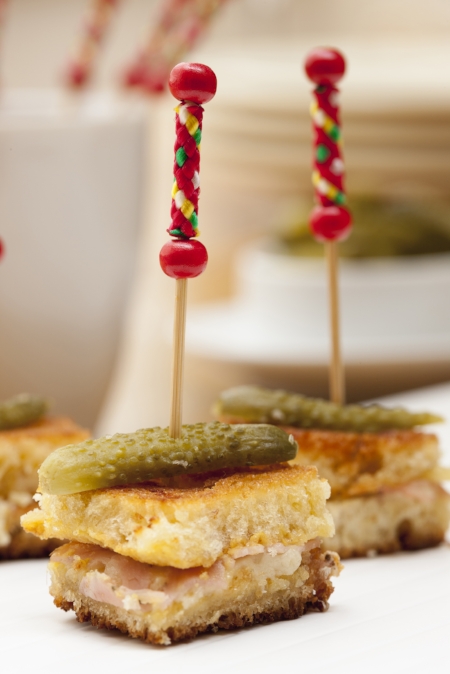Each day in cooking class we prepare at least one or two appetizers, a sign that it’s time to open a bottle of wine and relax. And this is a perennial favorite. Throughout Provence anchoïade (anchovy cream) is a popular starter, often used as a dip for a selection of raw vegetables. Recipes vary dramatically from cook to cook and I like to keep mine simple, with just a trio of ingredients: top-quality anchovy fillets cured in olive oil, capers, and cream.
Makes 1/2 cup (125 ml)
Equipment
A mini food processor or a standard food processor fitted with a small bowl.
INGREDIENTS
One 2.82-ounce (80 g) jar Italian anchovy fillets in olive oil (about 20 fillets)
1 tablespoon capers in vinegar, drained
1/4 cup (60 ml) light cream
METHOD
Combine the ingredients in the bowl of the food processor or a blender and process to a chunky consistency. Use as a dip for raw vegetables, to prepare Anchovy Bites (recipe in The French Kitchen Cookbook), or as a sandwich spread.
(Store in an airtight container in the refrigerator for up to 3 days.)
This recipe was first published in The French Kitchen Cookbook. All rights reserved. Please do not reproduce without permission.








